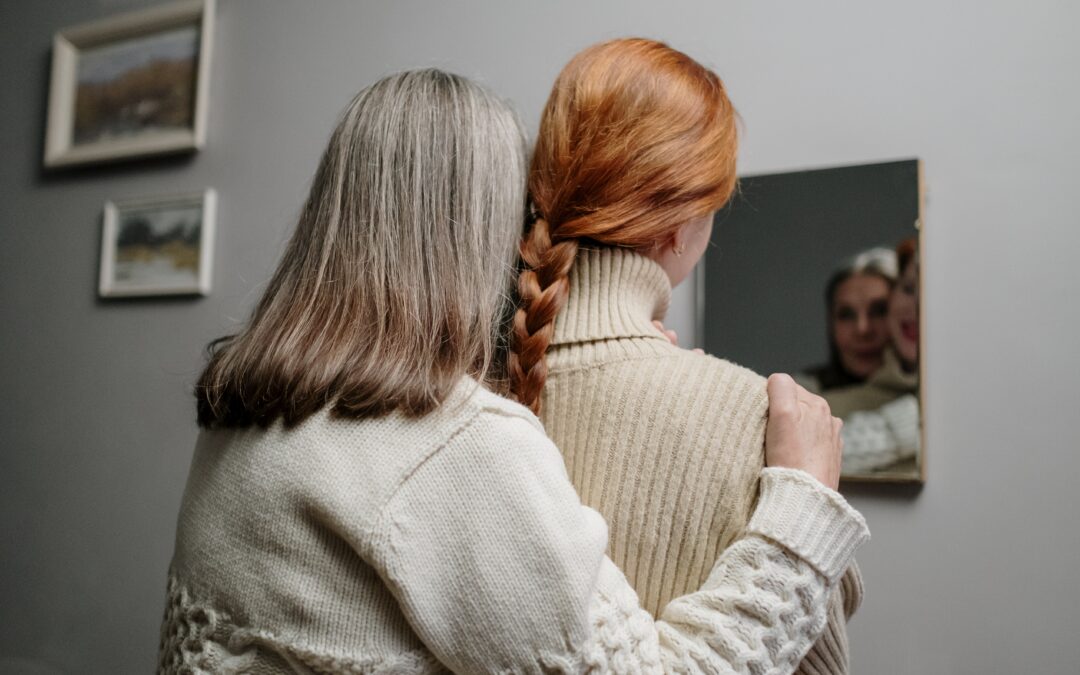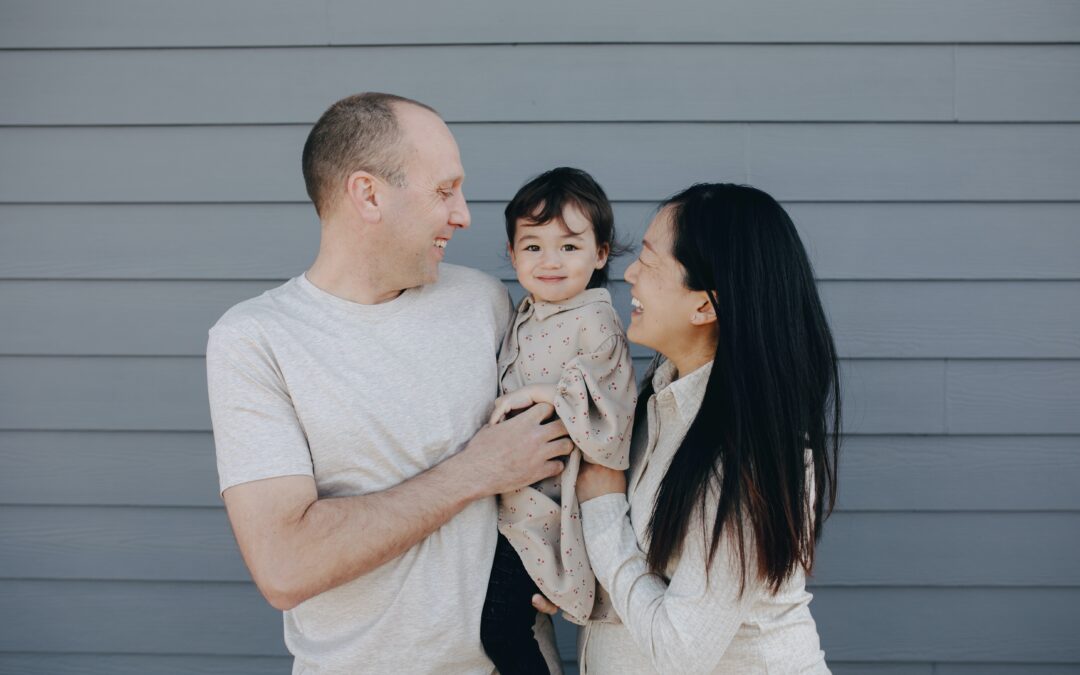America’s declining birthrate has become the hot topic of late as President Biden, senators, and policymakers put forward their plans to alleviate the economic burdens on American families. While economics are an important driver of the decline, their role is only partial as the cultural tide has increasingly turned away from marriage and family. Among young women in their twenties, the New York Times notes an enormous decrease in childbearing from 2007 to 2019, suggesting that many women are having children later in life, and even then are less likely to be having them at all. This should come as no surprise, since more women are pursuing education, travel, and careers than ever before. But women are not impervious to the tug-of-war between fertility and personal enrichment, since they alone are biologically able to bear a child. Instead of focusing exclusively on policy questions, we should attend to the reasons why women delay childbirth regardless of desire.
More Choices Than Ever
In an opinion column responding to discussions about the birthrate, Jill Filipovic writes that women are delaying motherhood because they have more choices and this is a good thing. Looking past the “negative framings” of conservative and liberal onlookers who respectively identify a loss of traditional family values and economic policy as root causes of the fallen birthrate, she asks,
“what if lower birthrates are a good thing? For a great many individual women, reconsidering motherhood doesn’t reflect hardship or unmet desire, but rather a new landscape of opportunity. As a country, we would be better off if we saw significant demographic changes as data points that can give us important clues about what people want, what they need and how we might improve their lives.”
While her narrow interest in women’s issues fails to account for the possibly disastrous consequences of sub-replacement levels of fertility, Filipovic is right to note that these demographic changes should help us better understand where women are today. But while women’s reasons for delaying motherhood are as various as they are, “having more choices” does not begin to describe the complexity of the way women feel about having children. For example, most women probably want an education; however, the reasons for pursuing this education vary widely – pursuing knowledge, establishing oneself economically, and breaking generational cycles of poverty and dysfunction are very different motivations for the similar outcome of obtaining a degree. Many women are putting off childbirth not because they do not desire children, but because they are waiting for the right partner and to be personally ready for the responsibility themselves.
Delaying, Or Patiently Waiting?
All these different motivations, while producing a similar mass outcome, point toward a crucial truth of femininity and motherhood, which is that there is immense value in waiting. There is the kind of waiting that consists of putting-off, delaying, or procrastinating, while there is another kind which looks more like patient anticipation of the proper time. Think of the young woman waiting for the right man to come along who is going to love her, treat her well, and be there for his family. If indirectly, she is already invested in her future family and the children within it. Think of the woman working to provide for her aging parents, or the woman seeking to devote herself to a meaningful career. Women desire to be with and nurture others, but are waiting for an opportune time. While fear too can prevent a woman from diving headlong into the search for a husband or the journey toward motherhood, patience in these matters is a laudable virtue – and an especially maternal one at that. Women who choose to wait on motherhood are often exercising proper judgment in choosing what’s good through patient deliberation. This is something liberals should consider as they are shaping policy, and an impulse conservatives should respect. If we want to encourage motherhood, we should take women’s desires (as well as their desire to wait) seriously, while encouraging them through policy initiatives and a better culture.







